Answering the Burning Question: Which Level of Treatment Do I Need?

Making the decision to start treatment is a big and courageous step, especially if you’ve never entered a rehab program before. Once you’re ready to commit to recovery, new challenges pop up, though.
Which level of treatment do I need? How will they know what services are going to help me? How do I get connected to treatment? These and other questions are likely on your mind once you decide to start detox. No worries, though, we’ll answer them here.
Which level of treatment is best for me?
While some online sources may claim to have the answer, the truth is figuring out which level of care fits your current needs is not something you can answer without the help of an addiction specialist.
Dozens of factors play into these decisions and getting the appropriate care could make or break your recovery. Choosing which services are right for you should not be taken lightly, so have a conversation about your needs and preferences before you start a program.
What is a level of care assessment?
When you get in touch with addiction services, the first thing you’ll do is go through a level of care assessment. This assessment may happen over the phone or in-person, depending on the facility. This assessment may be in the form of a questionnaire, interview-style or a combination of the two.
You can expect a level of care assessment to review the following:
- Demographic information (your name, age, mailing address, etc)
- Insurance or other payment
- Whether you’ve participated in treatment before
- The substance(s) used
- The frequency of substance use
- Your history with the substance(s)
- Symptoms you are experiencing from the substance(s)
- Whether you have any other medical or mental health diagnoses
- Current medications
- Lifestyle questions, like employment history, housing, etc
- Logistical concerns (like transportation and dietary needs for inpatient services
This is not an exhaustive list of items that may be covered, and depending on the intensity of care these topics may not need to be discussed, either. This is simply to give you an idea of what a level of care assessment will look like.
What is a continuum of care?
Your level of care assessment is designed to help a practitioner determine the appropriate magnitude of treatment for your current needs. The American Society of Addiction Medication lists five standardized levels of substance use treatment. They are as follows, from least to most intensive.
- Early intervention services: This level of intervention is designed to identify factors that make someone susceptible to developing an addiction or relapsing. Someone who has begun with casual substance use would need education and resources provided at this level of intervention.
- Outpatient services: Outpatient treatment occurs in a non-residential format, generally in an office setting. This stage mainly consists in behavioral therapy and social work services, like housing and employment assistance. Treatment at this level is less than ten hours a week.
- Intensive outpatient/partial hospitalization services: Outpatient services are non-residential, but intensive outpatient occurs for a longer duration on a more regular schedule. This type of treatment is around 24 to 40 hours per week.
- Inpatient services: Inpatient or residential services are more intensive than outpatient services. Individuals who may need constant supervision to prevent relapse will benefit from this level of care.
- Medically managed intensive inpatient services: For people who are going through detox and withdrawal, medical services may be necessary. This level combines psychosocial support and medical assistance.
These services are organized on a continuum of care, meaning that services are on a spectrum and each level bleeds into the next. If your condition improves or worsens, you’ll transition in either direction on the continuum.
For example, once you push through the detox period in a medically managed residential program, you’ll scale back to inpatient services. If you find that you’re struggling to resist triggers during outpatient treatment, you’ll find returning to partial hospitalization may be critical to protect your sobriety.
How will a treatment provider determine which level of treatment is best for me?
You might still be asking yourself “which level of treatment do I need?” and that’s OK. One of the best parts of starting treatment is that you don’t have to figure it all out on your own anymore. Once you decide to commit to treatment and get in touch with a provider, you’ll have help every step of the way.
A treatment provider can use their experience, education and training to collaborate with you in confirming the best level of treatment. When you’re ready to get the help you need and take the first step, call Pyramid Healthcare.



